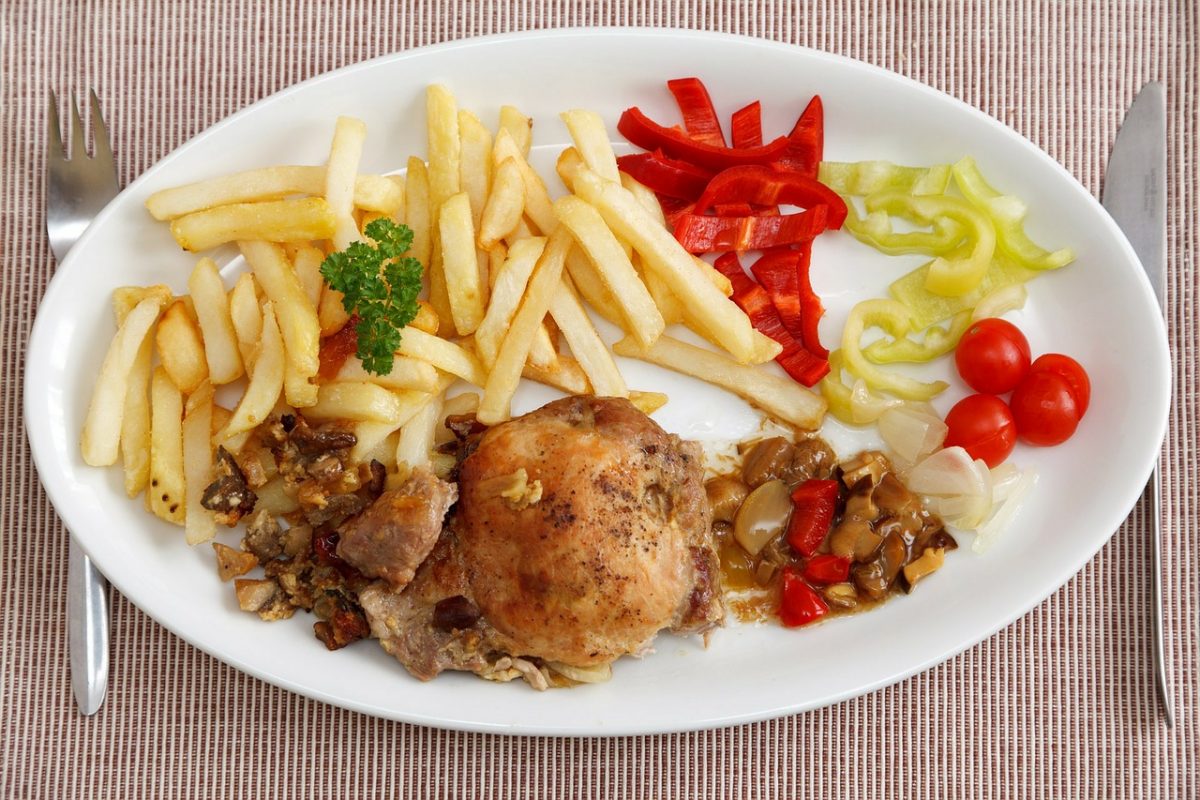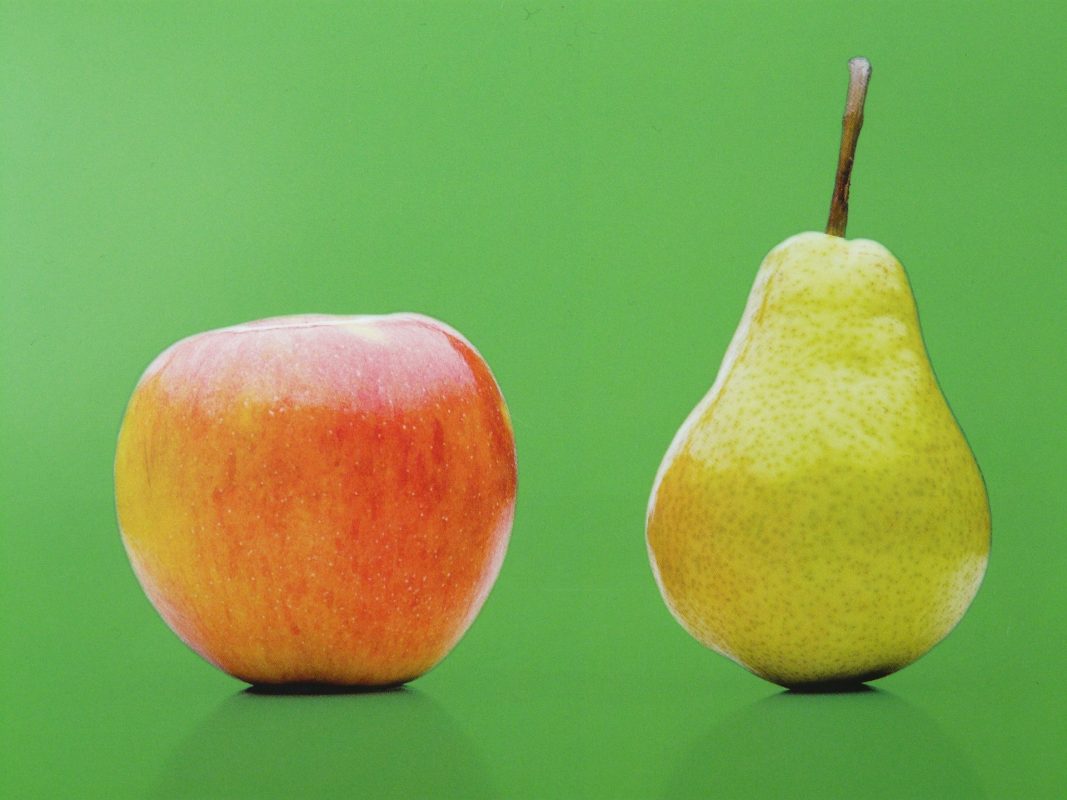Discovering the real causes behind childhood obesity.
It’s hard to deny that we are in the middle of an epidemic. According to the CDC, childhood obesity has more than tripled in the past 30 years, and in 2010, 1 in 3 children (including adolescents) were overweight or obese.
Moves have been made to curtail this phenomenon, but what is it that politicians and parents are missing? The answer is a culprit.
For years, the consensus has typically been fast food and soda. In other words: calories. Too many calories and a lack of an active lifestyle logically leads to a rising trend in overweight kids and teens.
But is fast food the cause, or a correlation? As obesity rates have soared, so have profits for fast food companies, but that alone isn’t enough information to deliver our culprit.
Enter Barry M. Popkin, Ph.D. and a team of researchers at UNC Gillings School of Global Public Health. Their study, published in the American Journal of Clinical Nutrition, reveals that the driving forces behind childhood obesity may be a bit more complicated than we like to assume.¹
Their findings assert that the calorie intake of fast foods is just a small part of a huge problem. Whether it surprises you or not, an overall diet — as guided by the parents — plays a much more meaningful role in this epidemic.
This relates to what kids are eating besides fast food on any given day. When kids are being fed an imbalanced diet of processed foods and sugars over fruits and vegetables for a long period of time, they are at risk for developing lifelong problems with obesity, the study finds.
So an imbalanced diet leads to an imbalanced person.
 The research is supported by the evidence of risks associated with long-term obesity. It makes sense that cardiovascular diseases and diabetes, which are strongly linked to obesity, are caused by more than just occasional trips to burger joints.
The research is supported by the evidence of risks associated with long-term obesity. It makes sense that cardiovascular diseases and diabetes, which are strongly linked to obesity, are caused by more than just occasional trips to burger joints.
People can be quick to blaming everything on parents, which isn’t always fair of course. But many parents may be simply unaware of what they’re truly feeding their children via an overall diet. Business and a hectic household don’t offer much in terms of diet control.
It’s still essential, however, for us to craft diets for our kids that will get them used to a balance of starches, proteins, and good sugars. So does this mean we have to ban fast foods and sodas?
Not really — as long as we teach our kids to limit them.
The good news is that for most families, balancing a diet doesn’t necessarily cost more. It requires trading in certain types of foods for others, without making weekly trips to expensive organic markets.
Breaking Down Human Nutrition

We need nutrition to sustain life. Nutrients in the form of basic foods are what we (are supposed to) seek when it comes to crafting each meal. That said, how do we make sense of our bodies really need?
The are 7 main classes of nutrients. You may remember this illustrated in the Food Triangle. Keep in mind, however, that many sections overlap, and some foods are high in more than one type of nutrient.
Here’s a simple breakdown of what your body needs:
1. Carbohydrates: these are large molecules that consist of hydrogen, oxygen, and carbon. There are simple and complex carbohydrates.
Complex carbohydrates consist of starch. Think rice and pasta. Simple carbohydrates consist of sugars.
2. Fats: It seems counter-intuitive, but a balanced diet can and should consist of certain types of fats (it’s pretty much unavoidable anyway).
The best way to know what is best for a diet is by categorizing them. Unsaturated fats are the best because they help control cholesterol and are good for your heart. Their found in nuts, olives, avocados, and even fish.
Foods high in saturated fats are fine, as long as they’re not overindulged. They consist of many types of meats, cheeses, and dairy products.
3. Fibers: We need fibers to help us digest and moderate our appetite, making them extremely important to this list. The problem is that fiber consumption is something we typically overlook.
The best foods that are high in fiber include beans, vegetables, avocados (again), and whole grains.
4. Protein: For meat-lovers, protein isn’t really a big problem. But picking the right protein-rich foods might be.
Proteins strengthen our body’s muscles and are produced naturally by our amino acids. Some of the best foods for proteins include turkey, fish, pork, mozzarella cheese, eggs, almonds, and milk.
5. Minerals: These are essential because our bodies don’t produce them on their own. Nevertheless, minerals are crucial for our metabolisms and even tissue repair.There are many types of minerals that range from calcium to sodium, so it’s hard to pinpoint the best foods for acquiring them.
6. Vitamins: The trick with vitamins is that some are more important than others. Not having enough vitamins overall is extremely detrimental to your health, but so is an excess of certain types, such as Vitamin A.
To balance everything out, simply pay closer attention to how many vitamins are in the foods you purchase in order to cover your bases.
7. Water: Our literal lifelines. Hydrate throughout the day, especially when you wake up and right before bed. Teach your children how to properly monitor their water intake and encourage the drinking of water with meals as much as possible.
In the end, we can blame a lot of things for childhood obesity, and almost everything plays a role. Genetic mutations, lack of exercise, and even your economic status have been presented as primary causes.
Excluding physical activity, however, our best bet for actively preventing obesity will almost always come down to rethinking the way we feed ourselves (and avoiding milkshakes).
¹J. M. Poti, K. J. Duffey, B. M. Popkin. The association of fast food consumption with poor dietary outcomes and obesity among children: is it the fast food or the remainder of the diet? American Journal of Clinical Nutrition, 2013; 99 (1): 162













